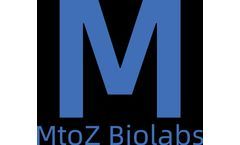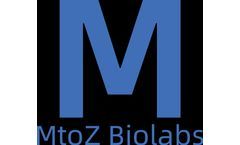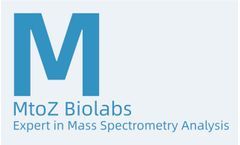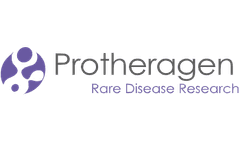Refine by
Disease Development Articles & Analysis
78 articles found
The development of recombinant MGP protein has enabled researchers to study the molecular mechanisms of calcification control and evaluate therapeutic interventions in a variety of disease contexts. ...
This phenomenon is crucial in various contexts, including disease pathogenesis and the development of therapeutic interventions. ...
The role of histology extends beyond mere observation; it serves as a foundation for diagnosing diseases, understanding tissue development, and researching treatment responses. ...
Infectious Disease Studies: Cytokines play a significant role in the host response to infections. By measuring cytokine levels, researchers can gain insights into the pathogenesis of infectious diseases and the effectiveness of potential treatments. Autoimmune and Inflammatory Diseases: Cytokines are central to the development ...
With continuous advancements in molecular biology, researchers are uncovering novel insights into how these proteins influence cellular health and disease development. Phases of the Cell Cycle The cell cycle consists of several stages, each playing a distinct role in cell growth and division. 1. ...
This process enables researchers to identify compounds that can modulate receptor activity, which is particularly relevant in the treatment of various diseases, including cancer, diabetes, and cardiovascular disorders. By observing the effects of different compounds on nuclear receptors, scientists can gain insights into the mechanisms of disease and ...
Non-alcoholic fatty liver disease (NAFLD) has emerged as a significant public health concern, associated with obesity, insulin resistance, and a spectrum of metabolic disorders. ...
To advance our understanding of this disease and improve treatment strategies, researchers heavily rely on colorectal cancer cell lines. ...
Knockin cell line generation represents a pivotal advancement in genetic engineering, providing vital tools for biological research and therapeutic development. This process involves the integration of specific DNA sequences into precise loci within the genome, allowing scientists to explore gene function, model diseases, and develop new ...
The COVID-19 pandemic has illuminated the critical need for innovative strategies in antiviral research, and scientists worldwide are embarking on groundbreaking projects to develop more effective therapies, vaccines, and preventive measures against a myriad of viral pathogens The Rise of Next-Generation Antivirals One of the most promising frontiers in antiviral research is ...
By analyzing these interactions, scientists can identify new biomarkers for disease, develop targeted therapies, or discover novel glycan-binding proteins with potential applications in drug design. 2. ...
Glycosylation plays a critical role in organisms, but it may also be associated with certain diseases such as diabetes and cancer.As a common post-translational modification, glycosylation plays a crucial role in protein function and cell communication. ...
When we talk about antibody sequencing, we often think of issues related to disease treatment and improving human health. Nanobody sequencing provides us with a more precise and efficient solution. ...
The exact cause of breast cancer is not completely understood, but factors such as genetics, hormone situations, and lifestyle choices can increase the threat of developing the disease. Common symptoms of breast cancer include a lump or mass in the breast, changes in the size or shape of the breast, and nipple discharge. ...
These post-translational modifications are not only vital for cell function, but their abnormal changes are also associated with cancer, neurodegenerative diseases, and other pathological conditions. Therefore, research on histone PTMs can help to deepen our understanding of disease mechanisms and develop new therapeutic strategies. ...
Alfa Cytology has announced its small molecule drug development to advance preclinical cancer research. Alfa Cytology, a comprehensive biotech company specializing in cancer research, has recently announced the cancer small molecule drug development services. ...
Imagine a world where diseases like cancer, Alzheimer's, and Parkinson's could be diagnosed and treated at the molecular level, long before symptoms even appear. ...
ByMatexcel
By analyzing the changes of lipid biomarkers throughout the disease process and their interactions with other biomolecules, we can grasp the position of lipid metabolism disorders in the development of diseases as a whole and identify the possible pathogenesis. Identification of lipid indicators for disease diagnosis Lipidomics ...
Therefore, diagnostic development for rare diseases is needed, aiming to provide fast and reliable strategies for disease identification and detection. ...
DNM1L acts as a molecular scissor, facilitating the constriction and subsequent division of mitochondria. Disease Associated with DNM1L While DNM1L is crucial for normal cellular function, mutations in this gene can lead to various diseases. One such disease is Charcot-Marie-Tooth disease type 2A (CMT2A), a hereditary ...












